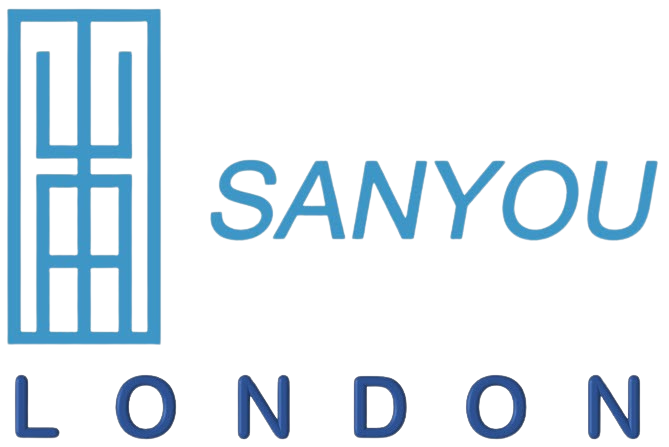
ISNEC 2025 Wuhan: Vacuum Insulation for Net-Zero Infrastructure — Keynote & Organising Committee Recap
Event: 3rd International Symposium on New Energy and Environmental Industry (ISNEC 2025)
Dates: 18–20 July 2025
Location: Wuhan, China
Roles: Keynote Speaker and Organising Committee Member — Professor Saim Memon, CEO of Sanyou London
Website: http://www.isnec.org/
What happened?
Professor Saim Memon, CEO of Sanyou London, served on the Organising Committee and delivered a keynote at ISNEC 2025, a global platform where researchers, engineers, and practitioners exchanged new energy and environmental industry solutions with near-term impact.
Keynote title
Advancements in Vacuum Insulation Smart Energy Technologies for Sustainability and Net Zero Energy Infrastructure
Abstract — in brief
Vacuum-insulated materials—Vacuum Insulated Wallpaper (VIW), Vacuum Insulation Panels (VIPs), Decorative Integrated VIP (DVIP), and Vacuum Insulated Bag-or-Box (VIBB)—are smart-energy enablers. They cut heat transfer at very low thickness, lowering heating and cooling demand and helping infrastructure meet net-zero and regulatory targets.
- Performance advantages: VIW and VIPs out-perform conventional XPS, EPS, mineral wool, and polyurethane at comparable or lower thickness, freeing floor area and easing installation.
- All-climate utility: In cold-arid regions they retain heat efficiently; in hot-arid climates they resist heat ingress, stabilising comfort and reducing HVAC load.
- Sector reach: Buildings (internal VIW; external DVIP façades), EV thermal management (pack and duct insulation), refrigeration and cold chain, and temperature-controlled transport.
- Logistics use case: VIBB ensures safe, energy-efficient handling of temperature-sensitive goods in medical, pharmaceutical, and food flows—delivering long hold-times without powered refrigeration.
- Standards and delivery: Adoption depends on certification pathways and replicable specs; the keynote set out test milestones and procurement-ready documentation to scale deployments.
Why does it matter?
Net-zero infrastructure needs space-efficient, verifiable energy savings. Vacuum-insulation formats provide a practical route: slimmer build-ups, fewer thermal bridges, measurable U-value gains, and lower operational carbon—without extensive disruption to occupants or services.
What was discussed at ISNEC?
- Smart-energy integration: pairing vacuum insulation with airtightness, shading, demand control, and digital monitoring to maximise real-world performance.
- Techno-economics: how thin insulation shortens payback in constrained retrofits; how passive measures reduce active cooling/heating duty.
- Scale-up levers: certification (e.g., UK/EU frameworks), pilot-to-framework pathways, and manufacturing readiness for regional roll-outs.
Next steps
Sanyou London is progressing collaborations to demonstrate pilot projects in buildings, EV systems, and temperature-controlled logistics, with transparent performance reporting that aligns with policy and procurement needs.
Work with Sanyou London
- Spec sheets, samples and pilots: VIW, VIP, DVIP and VIBB for retrofit and new-build.
- Partnerships: universities, developers, architects, contractors, local suppliers and distributors seeking net-zero-aligned energy savings.
Contact: Visit www.sanyoulondon.com for specifications, pricing, videos and FAQs, or reach Sanyou London Customer Service.
Media & speaking enquiries: Professor Saim Memon
Keywords: Vacuum Insulation; Vacuum Insulated Wallpaper (VIW); Decorative Integrated VIP; Vacuum Insulated Bag-or-Box (VIBB); Net Zero Energy; Buildings; Energy Consumption; Thermal Conductivity; Vacuum Insulation Panel (VIP).
Share

